Read all about altitude sickness in Bolivia and Peru. Learn how to avoid it, how to cure it, and more!
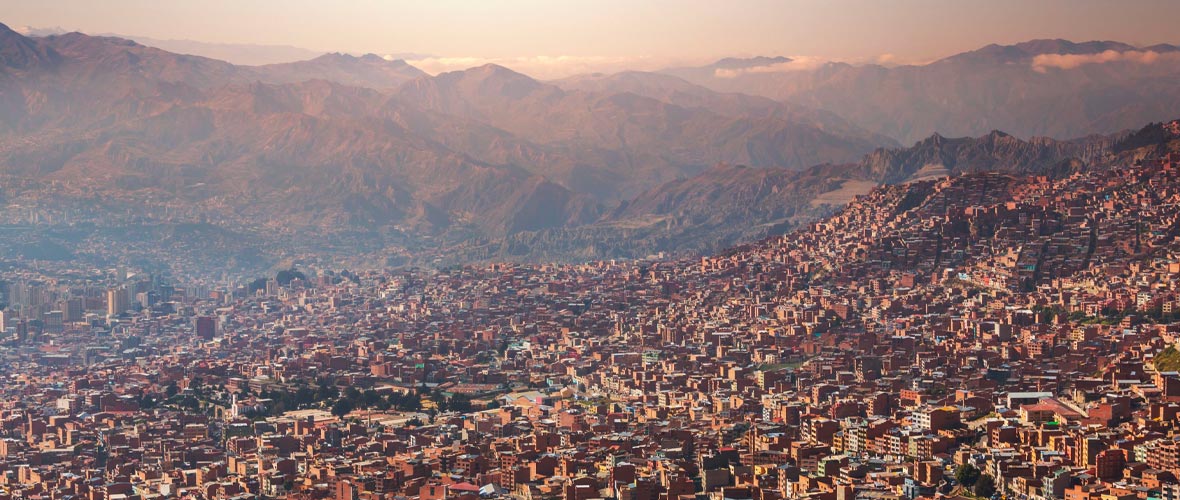
The Andes Mountain range is the longest in the world, spanning over seven South American countries, including Bolivia and Peru. They play a central role in local culture as well as attracting people from all over the world looking for beauty and adventure.
Because the altitude in Bolivia is roughly 5,100 meters above sea level, you must be prepared. In fact, La Paz (the capital city of Bolivia) is the highest capital city on the planet, at 3,640 meters above sea level. This has made Bolivia, and Peru infamous amongst travelers for causing altitude sickness. The results aren’t pretty and if you’re not too keen on spending half your trip sick, it’s best to know a bit about altitude and how it affects us before heading into the mountains or Altiplano.
Did you know? Bolivia Hop was setup by 2 Irish guys in 2014 and was voted the #1 way to travel around Bolivia in 2024! Click here for more info.
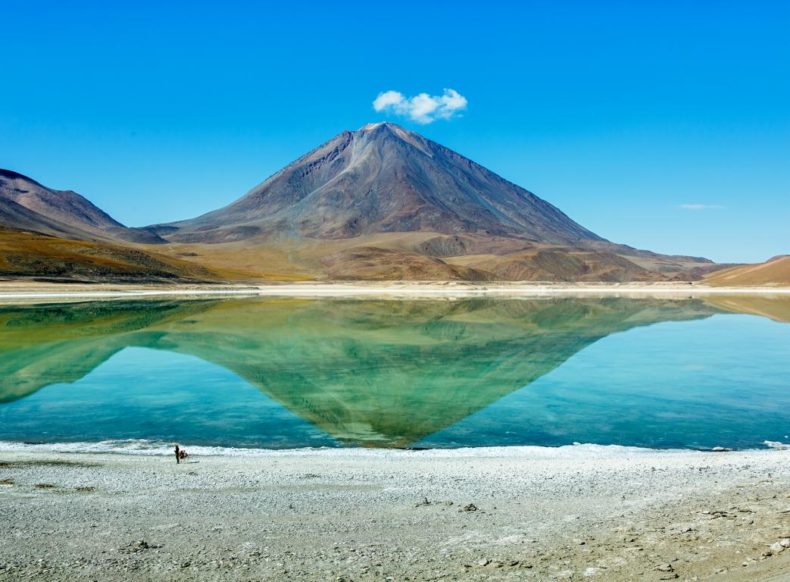
Altitude sickness (or AMS – Acute Mountain Sickness) usually occurs above altitudes of 2,500m (8,000 ft) but some may already have light symptoms before reaching that altitude. When reaching altitudes above 3,600m (about 12,000 ft) severe symptoms might occur.
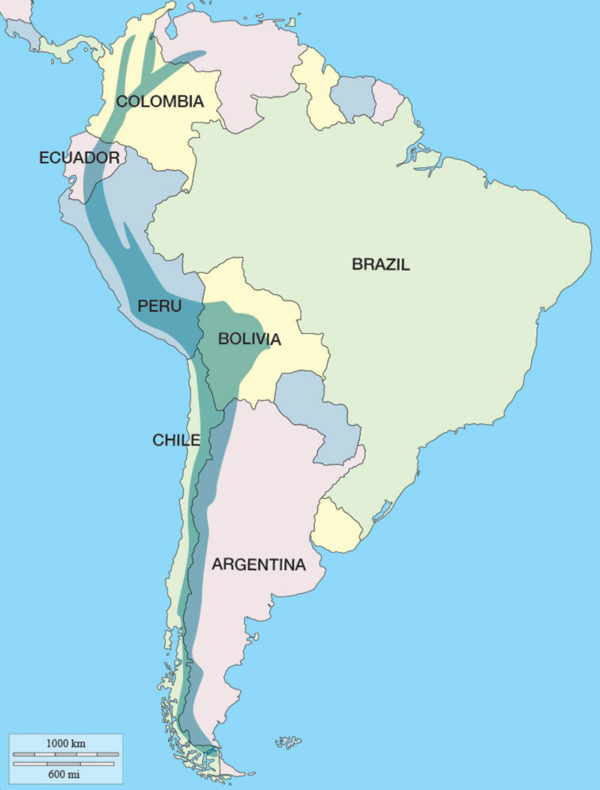
The most common place to get altitude sickness in Bolivia is basically anywhere in the west. The capital La Paz lies at an astonishing 3640m (11942ft), making it the highest capital in the world and a trip to Uyuni will get you as high as 4500m (about 15,000ft) or more!
On the Peruvian side of the border, heights are more reasonable with Cusco at 3,300m and Puno at 3,860m making them some of the most elevated destinations. The Andes go right through the country dividing it into the dry climate in the west (Lima) and the Peruvian jungle in the east. Both sides are between 50 and 500m in altitude on average.
A great way to gradually get to Cusco and Puno on the Peruvian side and minimize the risk of altitude sickness is by taking Peru Hop’s hop-on hop-off bus service from Lima. Buses are safe and modern, enjoyable, and flexible, with endpoints in Lima, Cusco, and La Paz, and stops in Paracas, Huacachina, Nazca, Arequipa, Puno, and Copacabana, giving you plenty of time to adjust to the thinner air. At any of the stops, you can hop off, spend as much or as little time as you like, then hop back onto the next bus headed to your destination, all on one ticket.
| Elevation by city – Bolivia | Elevation by city – Peru | ||||
|---|---|---|---|---|---|
| Rurrenabaque | 251m | 823ft | Trujillo | 34m | 112ft |
| Santa Cruz De La Sierra | 416m | 1,365ft | Lima | 50m | 164ft |
| Sucre | 2,790m | 9,153ft | Iquitos | 104m | 341ft |
| Cochabamba | 2,790m | 8,432ft | Puerto Maldonado | 183m | 600ft |
| La Paz | 3,640m | 11,942ft | Nazca | 550m | 1,804ft |
| Uyuni | 3,656m | 11,995ft | Arequipa | 2,380m | 7,740ft |
| Oruro | 3,766m | 12,159ft | Machu Picchu | 2,450m | 8,040ft |
| Potosi | 4,090m | 13,420ft | Ollantaytambo | 2,790m | 9,150ft |
| El Alto | 4,150m | 13,615ft | Huaraz | 3,052m | 10,013ft |
| Cusco | 3,300m | 10,800ft | |||
| Puno | 3,860m | 12,420ft | |||
Let’s say you are hiking up to Laguna 69 or maybe exploring La Paz for the first time. You look ahead at a simple staircase and continue to proceed ahead. If you would be climbing these steps in any other place, it would be a piece of cake, but you’re not – altitude makes this simple task more difficult. Each step makes you question if you’re really that out of shape. You feel as if you haven’t worked out a day in your life. Even worse, you see little locals and stray dogs walking up with ease while you need to take breaks to catch your breath.
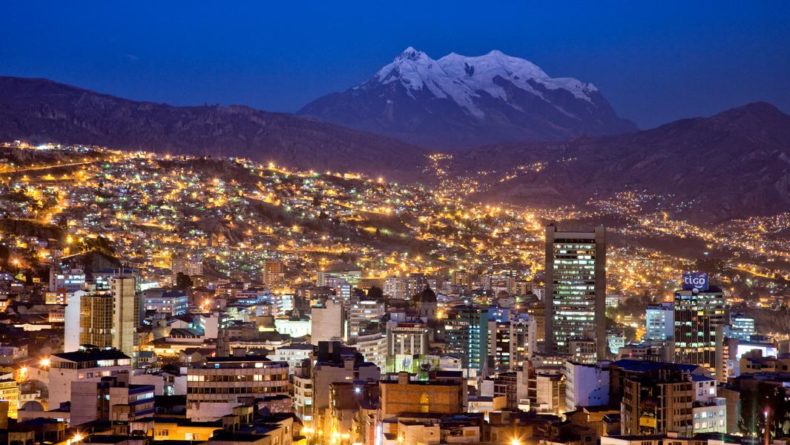
When you go to a higher altitude, the proportion of oxygen in the air stays the same but the air pressure reduces. Because of the lower air pressure the air gets thinner, which means there is less oxygen available in the same amount of air.
As a result your lungs have to work harder to receive the same amount of oxygen. This will make you breathe faster and deeper to get the oxygen into your lungs as you get less of it in each breath.
Normally your body needs a few days to adjust to this difference in air pressure. As you acclimatize, your breathing rate will normalize and your body starts making more red blood cells to help move the oxygen around.
So an increased breathing rate at high altitudes is completely normal and you shouldn’t worry too much about it. It’s important however that you take it easy on your body and give it a chance to adjust, in order to avoid additional symptoms. Typical symptoms of altitude sickness include: headache, loss of appetite, trouble sleeping, weakness, and/or dizziness and you might pee more than normal.
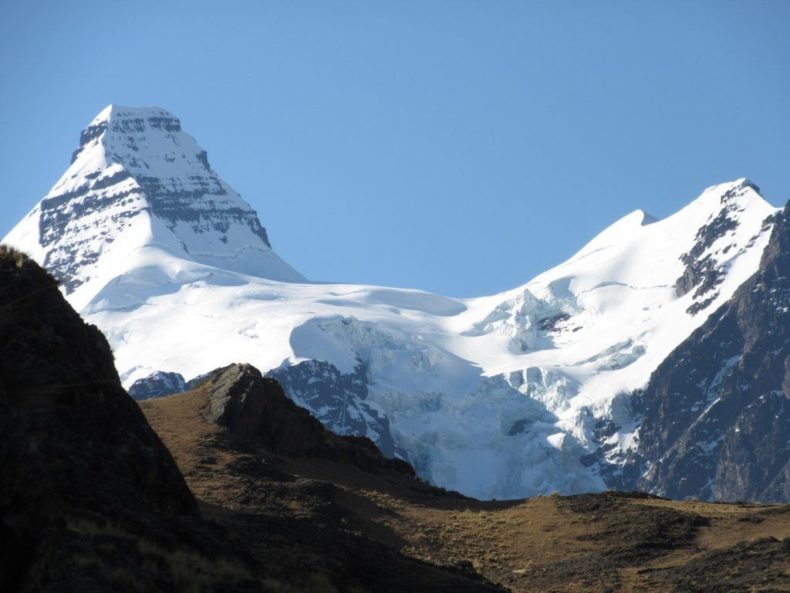
At extreme heights or without care, these symptoms could get worse and you are at risk of developing High-altitude cerebral edema (HACO or HACE) in which the brain swells with fluid and High-altitude pulmonary edema (HAPO or HAPE), in which fluids build up in the lungs. As both are dangerous and even lethal without treatment, it is best to avoid getting yourself in this situation altogether.
When traveling to elevated destinations you cannot underestimate the effects of high altitude on your body. It can happen to everyone at any time. Here are a few tips on dealing with altitude sickness:
Although there is no evidence Coca leaves actually work, this is the most common advice you will get when traveling through Peru and Bolivia. Coca leaves are supposed to prevent the symptoms of altitude sickness, but not actually cure it. Whether it works or not depends on the people you meet. Some say it works like a charm while others claim it didn’t do anything to soothe their state. Either way, it doesn’t hurt, and since the Andean community swears by it, it’s at least worth a try. As an added advantage, Coca leaves make you feel less tired.
Chew them one at a time and store them in the side of your mouth against your gums. In addition, you can also have a little llijta (compounded of vegetal ashes such as quinoa and plantain) to help stimulate the coca.
Most problems usually occur when ascending too rapidly. If you are flying into La Paz -which has an elevation of 3,640m (11,942ft)- from a place that is basically at sea level, it is logical that your body will be under a lot of stress. In that case, take a few days of rest and especially avoid ascending more in that time. Therefore it is best not to fly into La Paz or most other cities in Bolivia for that matter. For Peru it is best to avoid flying to Cusco, Puno or Huaraz.
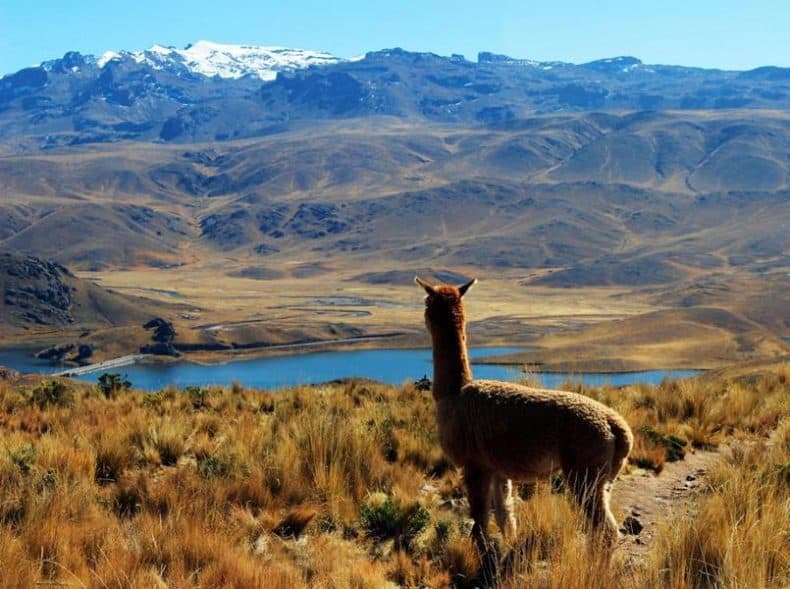
A far better option is to ascend at a more moderate rate so you give your body some well-deserved time to adjust to the situation. You can take a flight into the country that goes to a city with lower altitude like Santa Cruz De La Sierra in Bolivia or Lima, Arequipa and Iquitos in Peru. From there you should travel by bus to your destination. If you visit cities in Bolivia and Peru in -more or less- ascending order, you should be fine. At most, minor symptoms will occur.
When descending to lower regions you might find that you suddenly have superhuman stamina!! Out of experience we can tell that this effect only lasts about a day or three so enjoy it while you can.
Although sometimes you have no other choice but to sit it through, there are some things you can do that help deal with altitude sickness:
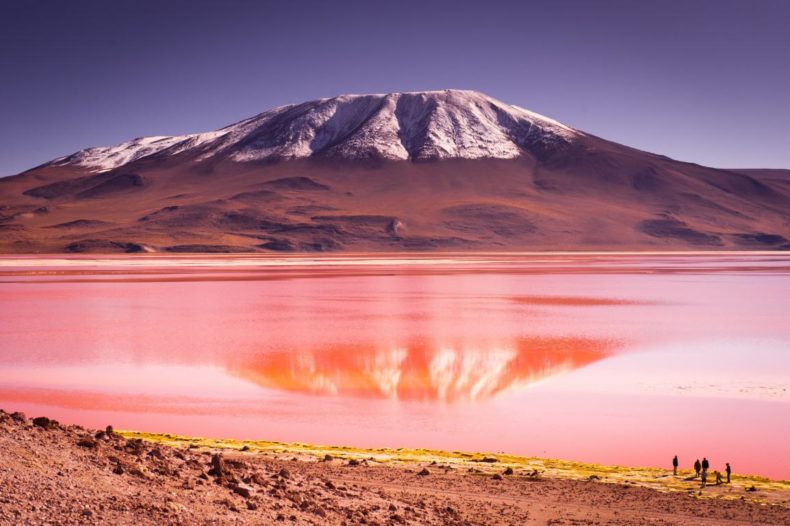
The good thing about all of this is that if you are well prepared and understand what altitude sickness is, you will be able to overcome it all without trouble and you will manage to travel and enjoy the exceptional places that Peru and Bolivia offer travelers. Every mountain might seem extremely difficult as you make your way up to the top but you will get treated to amazing views and forget all else. Speaking of amazing views, there is a place near Cusco that looks straight out of a fairy tale. The place is called Rainbow Mountain Peru and, as the name suggests, the beauty of it is that you get to see a rainbow-like pattern once you complete a trek to this mountain. Find out more about this quite unique place at rainbowmountainperu.com to start planning your next trekking adventure. Happy trekking!